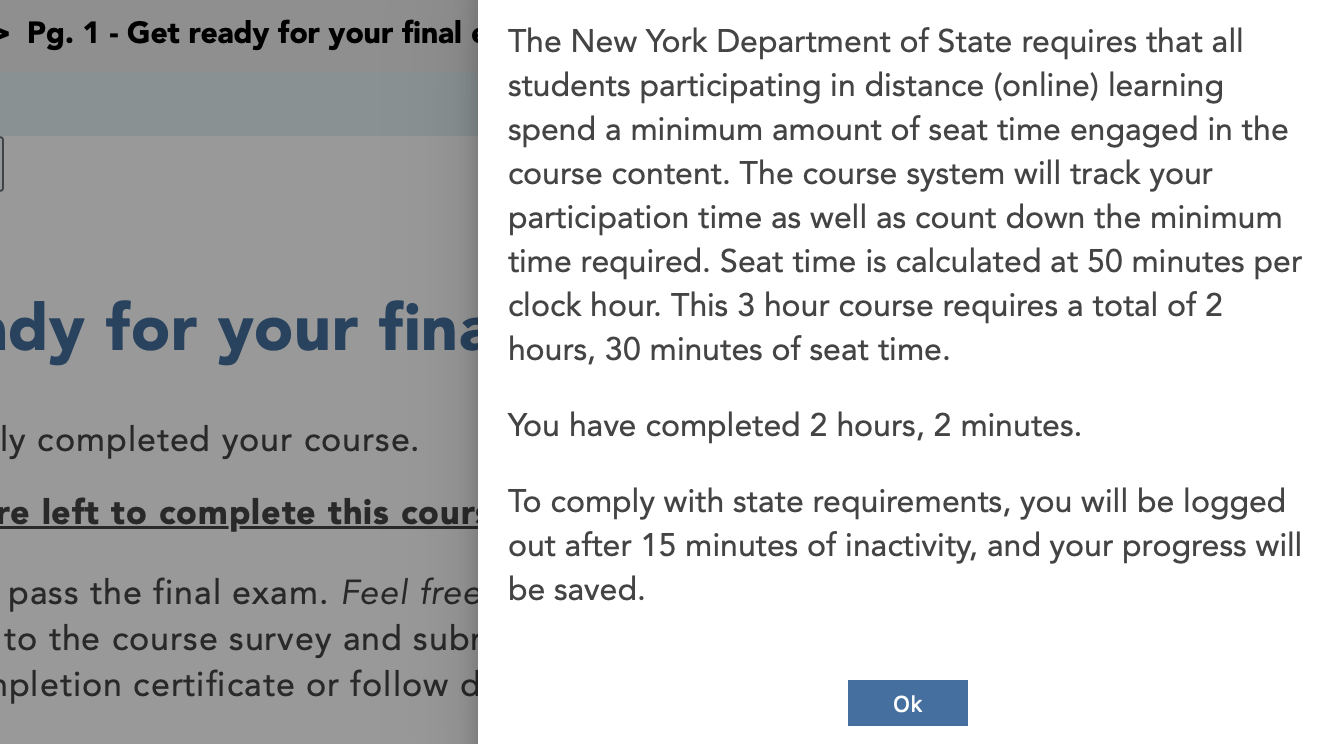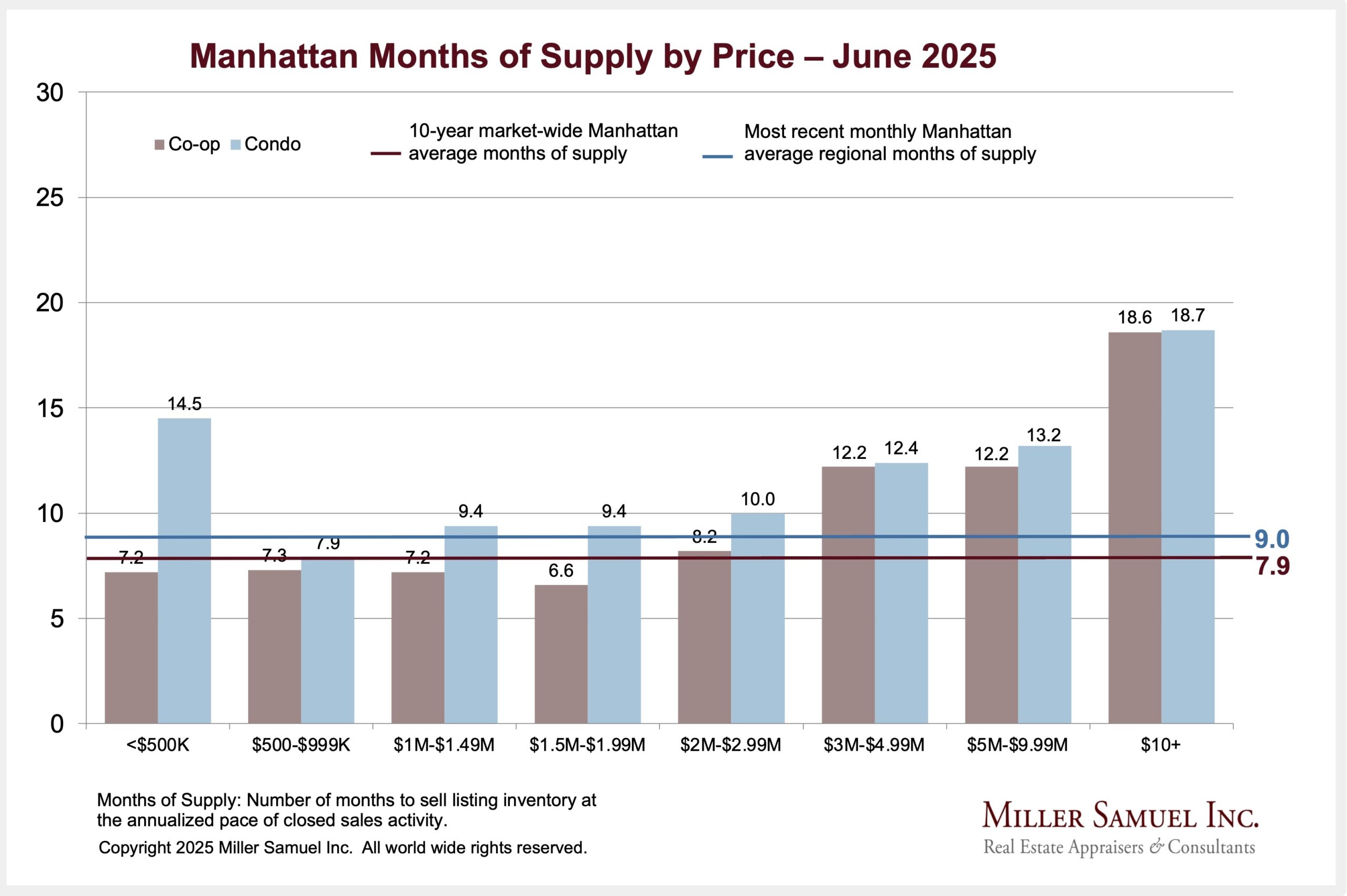- Seat-Time Is The Primary Emphasis Of Real Estate CE Classes
- CE Classes Are A Cottage Industry That Likely Doesn’t Try To Protect The Consumer
- Professional Competence Should Be Rewarded, Not Punished
I’ve always been a fast test taker. I can’t explain it, but in high school and college, I was always one of the first students to turn in my exams. I’m certainly not the smartest, as my grades would confirm, but because I tend to go with my first answer and not overthink it, enabling me to finish faster. Back in the early 1990s, when the appraisal profession became subject to licensing, I found myself taking the state test with my dad (we started our appraisal company along with other family members in 1986. We were given two hours, and I finished in about 40 minutes. I waited another 45 minutes outside the testing room for my dad, who was panicked that I had taken the test so quickly. He exclaimed: “You’ve got to slow down, or you won’t pass!” I passed.
The non-earthshattering takeway from all my years of test taking both as a student and a business professional, is that individuals take tests at different speeds. Individuals study in disimilar ways and for various lengths of time. Individuals approach tests differently but the goal in the process should be to prove that the test taker understands the subject material.
Continuing education (CE) testing in the real estate profession doesn’t seem to have the same goal. Years ago, cottage industry of taking continuing education classes in person quickly shifted online, further cemented by the firm foothold of WFH.
In the appraisal profession, a licenced or certified appraiser has to take 28 hours of continuing education every two years. Did you ever wonder how a number like 28 hours gets determined? It’s based on that age-old socio-scientific process known as PFA (pulled from air). For example, the two year 28 hour CE requirement for the appraisal industry was simply made up by the inner circle of appraisers who are active in The Appraisal Foundation (TAF). Those that estimated the 28-hour requirement have no special academic training to make such a determination, nor was there any academic research used to determine the 28-hour continuing education requirement. Incidentally, look for TAF to be shut down at some point in the current administration. TAF is a tiny, bloated bureaucracy with huge salaries that weigh down the profession and the pockets of appraisers because it treats appraising like it is more challenging than rocket science.
The real estate salesperson licensing process, which I have found is comprised of many iffy education factories cranking out graduates, runs a parallel path to appraisers. To make matters worse, most state licensing authorities view licensing as a revenue center without much, if any, thought given to what knowledge is retained by students. In many states, the revenue that is generated from CE licensing fees is rerouted to other departments to shore up budgets instead of investing in the profession subjected to licensing. TAF and state licensing efforts seem like a money grab with little evidence of confirming that students understand the material – seat time being the primary focus. Change my mind.
Doing Time
Since 1991, when CE for appraisal first became required, I remember attending endless classes in person for 8-hour stretches in stale beige conference rooms of old highway motels and cheap hotels. And I can say with certainty that 90 minutes (max) of most classes represented helpful information but was obviously padded to fill up the time as confessed by nearly every teacher I ever had. Admittedly there were a handful of great courses and instructors but those were the exception, in my own experience. A standard procedure was signing attendance sheets passed around before lunch and then after lunch. A “good” teacher was often defined as one who let us out early for lunch, let us take long breaks, and passed out the attendance sheets early in the class. After the final exam, we were able to leave when we finished and got credit for the entire class.
Seat Time For On-Line
Hey, I’m a poet and didn’t know it.
Recently, online appraisal courses have begun to punish people like me who finish fast yet pass all of the quizzes during the course. I completed a recent online 3-hour CE class in 35 minutes. There were four chapters, and each chapter had a quiz. I passed each of the chapter quizzes and then moved on to the next chapter. However, after I finished the last chapter, the website warned me that I had to have at least two and a half hours of seat time before I could take the final exam. What did they expect me to do? I decided to work on other things, with the exam window open and my alarm ringing every 15 minutes to remind me to refresh the screen before I was logged out for inactivity. I did this for about an hour and a half before I got the idea to take the following screenshot:

I always thought that professionals who could do things faster than the minimum requirements should be rewarded rather than punished. In passing all the quizzes, I clearly proved that I knew the material by passing each chapter quiz, so why did I need to sit in front of my computer for another two hours? What did they expect me to do during that time? The CE process hasn’t been thought out to be more effective, rather than seen as a revenue opportunity by the states. I clearly remember sitting in a government building in downtown Manhattan waiting room to take my test with people in other professions like pool cleaners, dog groomers, and TV repairmen (hey, it was the 1980s). The mechanical process of taking tests for state licenses doesn’t seem to have advanced much further than that many decades later.
Final Thoughts
If it sounds like I have been whining here, congratulations, you are correct. I’d really like to see a new approach to CE that doesn’t feel like the professional is doing time.
The Actual Final Thought – Arguing over the locational aspects of pizza slices reflects the trivial nature of today’s post.
Monday Mailboxes, Etc. – Sharing reader feedback on Housing Notes.
February 28, 2025: Two Decades Of Manhattan Housing Market Performance Is Not Fishy
- Interesting NYT piece. That’s honestly been my main takeaway from all these years covering real estate. The real estate markets are entirely driven by the fact that it’s more profitable to build second and third homes for the rich than just plain old housing tha normal people can afford, even though there’s huge demand! It’s so disheartening.
Did you miss the previous Housing Notes?

Housing Notes Reads
- The struggle of pulling comps in 2025 [Sacramento Appraisal Blog]
- The Race to Save Nantucket’s Homes From Falling Into the Ocean [Wall Street Journal]
- 2025 Flood Insurance Report: New Mexico Sees Largest Policy Growth, Utah Has Biggest Decline [ValuePenguin]
- Florida Trend Real Estate [Florida Trend]
- Hudson Pacific to sell up to $150M in offices to pay debt [The Real Deal]
Market Reports
- Elliman Report: Manhattan, Brooklyn & Queens Rentals 1-2025 [Miller Samuel]
- Elliman Report: Florida New Signed Contracts 1-2025 [Miller Samuel]
- Elliman Report: New York New Signed Contracts 1-2025 [Miller Samuel]
- Elliman Report: Manhattan Decade 2015-2024 [Miller Samuel]
- Elliman Report: Orange County Sales 4Q 2024 [Miller Samuel]



![[Podcast] Episode 4: What It Means With Jonathan Miller](https://millersamuel.com/files/2025/04/WhatItMeans.jpeg)